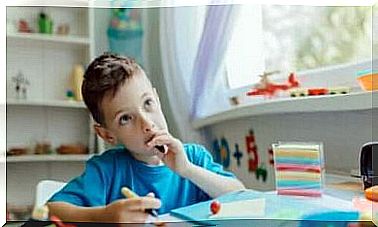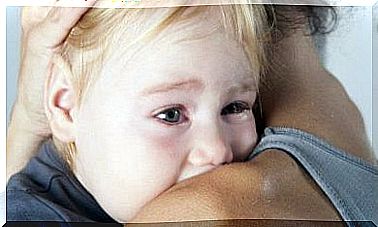Can You Learn Through Osmosis?
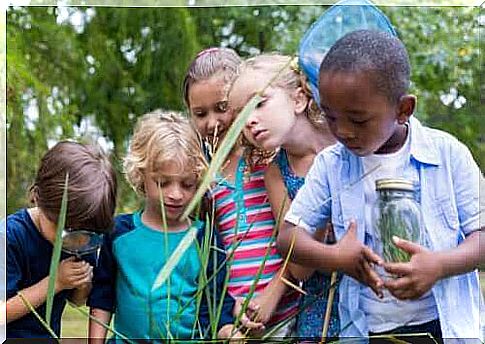
By “learning through osmosis” we mean that you are in an environment where you naturally take part in information and through this you learn.
There are lots of ways for kids to learn; do not think that the classroom is exclusively where children get the most knowledge! All methods and places that contribute to expanded knowledge are meaningful. The fact that many learning methods are less noticed than others does not mean that they are less effective.
One learning method that has been overshadowed is learning via osmosis. Read on to learn more about this phenomenon.
Can one learn through osmosis?
Learning through osmosis is often talked about with a little hesitation, or maybe even sarcasm. What many are unaware of is that it is actually possible to learn through osmosis!
Osmosis is a scientific process in which two gases or liquids are transported and can be mixed, even though they are separated by a semi-compact cell membrane. When we talk about learning through osmosis, we mean that individuals who live in the same environment influence each other. This results in new abilities and lessons learned when exchanging knowledge.
Learning through osmosis is based on observing and imitating what you see your fellow human beings doing. It occurs naturally all the time, both in academia and in everyday life. We are not always even aware that we are observing and following.
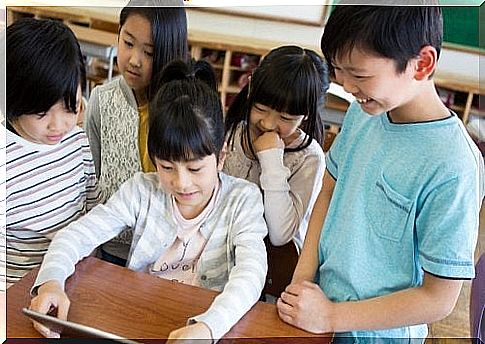
To learn from their surroundings
Since this method of learning is based on interacting with others, practical learning becomes a natural part of the process. By observing, imitating and memorizing, we learn, among other things, social codes and behavior. Not least, we get information from verbal communication.
However, some environments are more stimulating than others. How stimulating an environment is depends on its properties and components. Likewise, an environment can consist of more or less interesting and talkative individuals.
We also encounter situations where we feel uncomfortable, and these are no less instructive. We thus learn in all kinds of environments; those we are comfortable with, as well as those that pose a challenge.
Through interactions, we learn not only facts and social codes, but also what is not true and how we should not behave. This also helps to shape us as human beings.
Properties of osmosis learning
Some important characteristics related to learning through osmosis are the following:
- Learning takes place in different (and sometimes widely different) environments and situations, and largely through interaction with others.
- It involves observing fellow human behavior, such as teachers, friends, and characters in movies.
- It results in imitation and repetition, both of which are ways of processing the new knowledge. We imitate, for example, values, language and body language. We also imitate by avoiding things we have learned are bad.
- Learning happens naturally. Although osmosis is an important part of the traditional schooling, we learn through osmosis even when we are not in school. We learn even without noticing it.
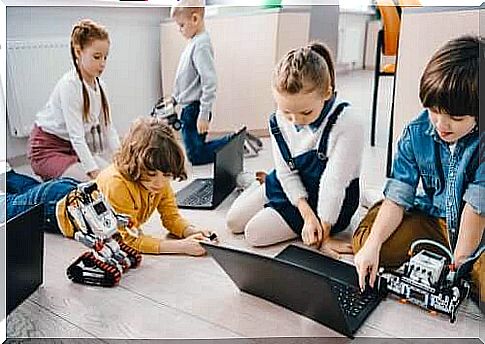
The importance of having a role model
Like all other learning methods, osmosis learning should be complemented by other methods. Because the environment is crucial for learning through osmosis, staying in stimulating environments can accelerate learning.
Environments consist not only of non-living components, but also of the people who are in the environment. For children and young people, it is very important to stay in environments where they have role models, such as parents and teachers. A good role model should guide and help children and students to interpret and process the information they receive from their environment.
Finally…
Learning through osmosis is inevitable. It happens all the time, whether intentionally or not. Every single experience in life involves learning through osmosis. However, for children who live in a positive and stimulating environment with good role models around them, learning can be even more effective.


